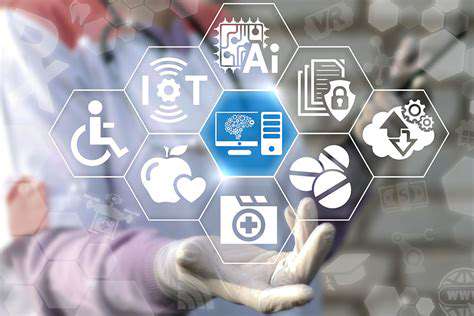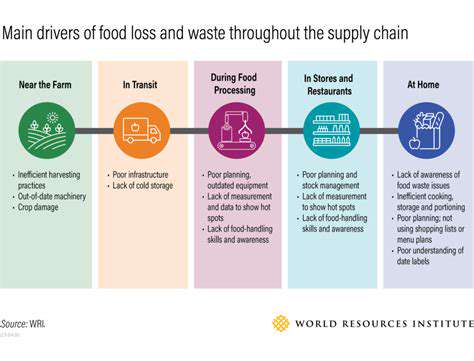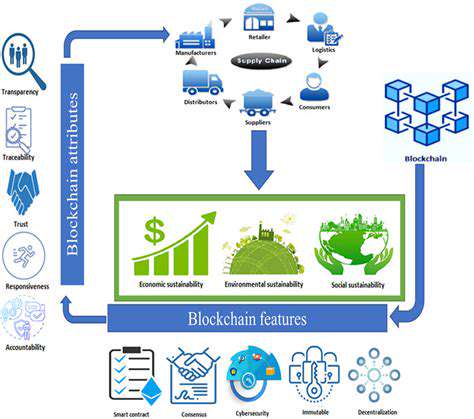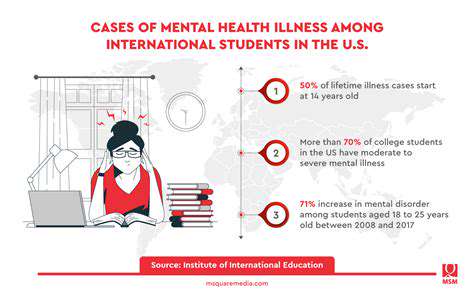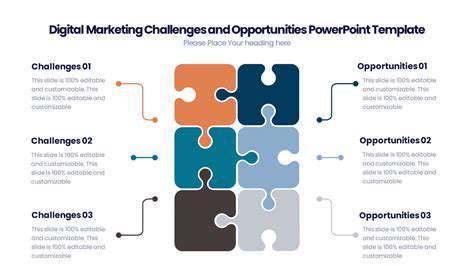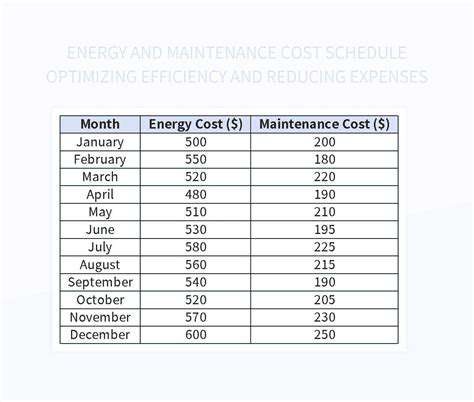IoT Sensors: The Foundation of Smart Air Quality Monitoring
Understanding the Role of Sensors
IoT sensors form the bedrock of any smart air quality monitoring system. These devices, often small and discreet, meticulously collect data on various atmospheric parameters, including particulate matter (PM2.5 and PM10), gases like nitrogen dioxide and ozone, temperature, humidity, and barometric pressure. This data collection is crucial for understanding real-time air quality conditions and identifying potential pollution sources.
Different types of sensors are employed depending on the specific pollutants being measured. For instance, laser-based sensors are frequently used for accurate PM2.5 detection, while electrochemical sensors are effective for monitoring gases. The sophistication of these sensors directly impacts the accuracy and reliability of the monitoring data.
Data Acquisition and Transmission
The collected sensor data is crucial, but it's the efficient transmission and processing of that data that allows for real-time analysis and alerts. This process involves robust communication protocols, such as Wi-Fi, cellular networks, or LoRaWAN, to transmit the data from the sensors to a central data processing hub. Each protocol has its own strengths and weaknesses in terms of range, reliability, and power consumption, impacting the overall system design.
Data Processing and Analysis
Raw sensor data is meaningless without appropriate processing and analysis. This step involves cleaning, filtering, and transforming the data to remove noise and inconsistencies. Data analysis techniques are then applied to identify trends, patterns, and correlations in the air quality data. This crucial stage allows for the creation of actionable insights into pollution sources and potential health risks.
Alerting and Notification Systems
One of the key advantages of IoT sensor-based air quality monitoring is the ability to issue real-time alerts. When air quality deteriorates beyond predefined thresholds, the system triggers alerts to relevant stakeholders, such as public health agencies, environmental authorities, and the general public. These alerts can be delivered through various channels, including mobile apps, SMS messages, and public display boards, ensuring timely responses to pollution events.
Integration with Existing Infrastructure
Successful implementation of IoT sensors requires seamless integration with existing infrastructure. This includes connecting the sensor data to existing city databases, air quality monitoring networks, and public health systems. Interoperability between different systems is crucial for data sharing and collaboration among various stakeholders. A well-designed system prioritizes data compatibility to avoid redundancy and improve overall efficiency.
Cost-Effectiveness and Scalability
While initial investment in IoT sensor networks can be substantial, the long-term cost-effectiveness of these systems is undeniable. Improved air quality leads to reduced healthcare costs and increased productivity. The scalability of IoT sensor networks is another key advantage, allowing cities to gradually expand their monitoring capabilities as needed. Strategic deployment and modular design principles ensure that the system can be easily expanded to cover larger areas and incorporate more sensors as technology evolves.
Intelligent Tutoring Systems (ITS) offer unparalleled accessibility, providing personalized learning experiences 24/7. This accessibility is a crucial advantage over traditional learning methods, enabling students to learn at their own pace and revisit concepts as needed. This flexibility is particularly beneficial for students with diverse learning styles and schedules. Learning becomes significantly more efficient and engaging, fostering a deeper understanding of the subject matter.
The Future of IoT in Air Quality Management: Predictive Modeling and AI Integration
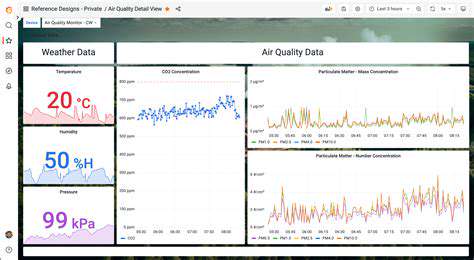
The Rise of Smart Sensors
The Internet of Things (IoT) is revolutionizing various sectors, and air quality monitoring is no exception. Advanced sensor technology, integrated with IoT platforms, is enabling real-time data collection on a previously unimaginable scale. These smart sensors, capable of measuring various pollutants like particulate matter, ozone, and nitrogen dioxide, offer unprecedented precision and accuracy in capturing air quality data.
This proliferation of intelligent sensors provides continuous and detailed insights into air quality fluctuations. This data-rich environment opens doors for proactive interventions and personalized air quality recommendations.
Real-Time Data Visualization and Analysis
The ability to visualize and analyze air quality data in real-time is a crucial element of the future of IoT in air quality monitoring. Interactive dashboards and sophisticated algorithms allow for the instantaneous display of air quality levels in specific locations, enabling users to understand and respond to immediate pollution events.
Analyzing trends and patterns in the collected data can lead to the identification of pollution sources and areas requiring immediate attention, ultimately paving the way for more effective and targeted environmental strategies.
Personalized Air Quality Alerts
The future of IoT in air quality monitoring will incorporate personalized air quality alerts tailored to individual needs and sensitivities. Users can specify their location, health conditions, and desired level of detail for alerts.
These personalized alerts will be crucial for individuals with respiratory issues or those who work outdoors. It will allow them to take proactive steps to protect their health.
Predictive Modeling for Air Quality Forecasting
Sophisticated predictive models, powered by vast datasets from IoT sensors, will play a critical role in forecasting future air quality conditions. This capability will allow for proactive measures to be taken to mitigate potential pollution spikes and enhance public health outcomes. These predictions will be crucial for urban planning and infrastructure development.
By anticipating future air quality trends, individuals and organizations can take preemptive measures to reduce exposure to harmful pollutants, thereby improving public health and well-being.
Integration with Public Health Systems
The future of IoT in air quality monitoring hinges on seamless integration with public health systems. By sharing real-time data with healthcare providers, hospitals, and public health agencies, IoT-powered systems can provide critical information for managing respiratory illnesses and other health concerns related to air quality.
This integration will improve the efficiency and effectiveness of public health interventions, ultimately leading to better health outcomes for communities affected by poor air quality.
Enhanced Citizen Engagement and Participation
IoT-driven air quality monitoring systems empower citizens to actively participate in environmental protection efforts. By providing real-time data and interactive platforms, citizens can become more informed about air quality in their neighborhoods, identify potential pollution sources, and contribute to the development of effective solutions.
This enhanced engagement fosters a sense of community responsibility and promotes collective action towards cleaner air.
Autonomous Monitoring and Remediation
The ultimate evolution of IoT in air quality monitoring could involve autonomous monitoring and remediation systems. These systems might include self-deploying sensors, automated pollution control measures, and intelligent algorithms for real-time adjustments to pollution levels.
Such advancements could significantly improve the efficiency and effectiveness of air quality management, leading to significant improvements in public health and the environment. This innovative approach holds the potential to revolutionize the fight against air pollution.
